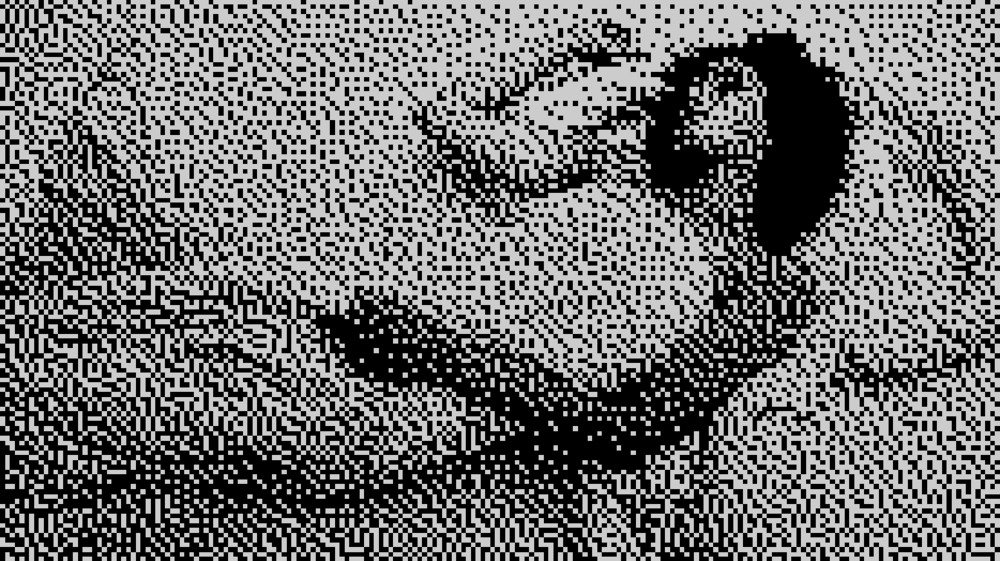MALBA PRESENTS PERFORMANCES OF MULTIPLE MOVEMENT IN “HISTORY AS RUMOR”
On the occasion of the celebration of its nineteenth anniversary and in the context of the (on-site) museum closed by the confinement decreed in March, Malba presents La historia como rumor, an annual program of online exhibitions conceived by director Gabriela Rangel with the aim of documenting and contextualizing a set of performances that occurred at different times and places in America and the Caribbean, in a historical transition marked by the end of the Cold War and the beginning of the internet.

Based on a collaborative work scheme with invited curators and different museums and international institutions, each month a research project will be presented that will allow the update of the reading of a series of actions and performances that marked the production of its time and that establish a direct or oblique dialogue with conflicts of the present. Through a video record of eyewitnesses who saw the performances and experts from different disciplines who comment on them, a file will be produced that includes an oral history for each project.
The selection of artists and specific actions responds to a very broad framework that began to be debated regionally in 1981 at the First Latin American Colloquium on Non-Objective Art and Urban Art at the Museum of Modern Art in Medellín, Colombia. The starting point of the selection also conceives the historical transmission of the performances as a rumor, defined as a multiple movement in a diagram drawn by Ulises Carrión, a Mexican poet and visual artist based in Amsterdam. Both frameworks propose to reconfigure a set of works in a time arc crossed by the conceptualisms that broke out globally since the 1960s.
The exhibition of each performance includes the record of the action, along with a vast archive material: photographs, films, storyboards, press clippings and documents that allow the piece and its context to be reconstructed. It also includes an interview with a witness who has witnessed the performance and four video testimonies by leading specialists from different disciplines. The selection of the different voices and the material are intended to recontextualize these performances in the present as contemporary manifestations.
-
Dormir es una obra maestra, Lima, 1978. Cortesía Centro Studi Jorge Eielson, Florencia. - Jorge Eielson - El Cuerpo de Giulia-no - Venecia, 1972
-
COCO FUSCO Y GUILLERMO GÓMEZ-PEÑA - DOS AMERINDIOS NO DESCUBIERTOS EN BUENOS AIRES - 1994
-
Tania Bruguera – Destierro - La Habana, 1998. Imagen cortesía de Cristina Vives
-
FRANCIS ALŸS - CUANDO LA FE MUEVE MONTAÑAS - LIMA, 2002
The performances presented are:
Jorge Eielson: The Body of Giulia-no (Venice, 1972); Coco Fusco and Guillermo Gómez-Peña: Two undiscovered Amerindians (Buenos Aires, 1994); Tania Bruguera: Banishment (Havana, 1998); Francis Alÿs: When faith moves mountains (Lima, 2002).
And coming soon:
Quisqueya Henríquez: Caribbean Sea Water Ice Cream (Santo Domingo, 2002); Regina José Galindo: The Great Return (Guatemala City, 2019)


